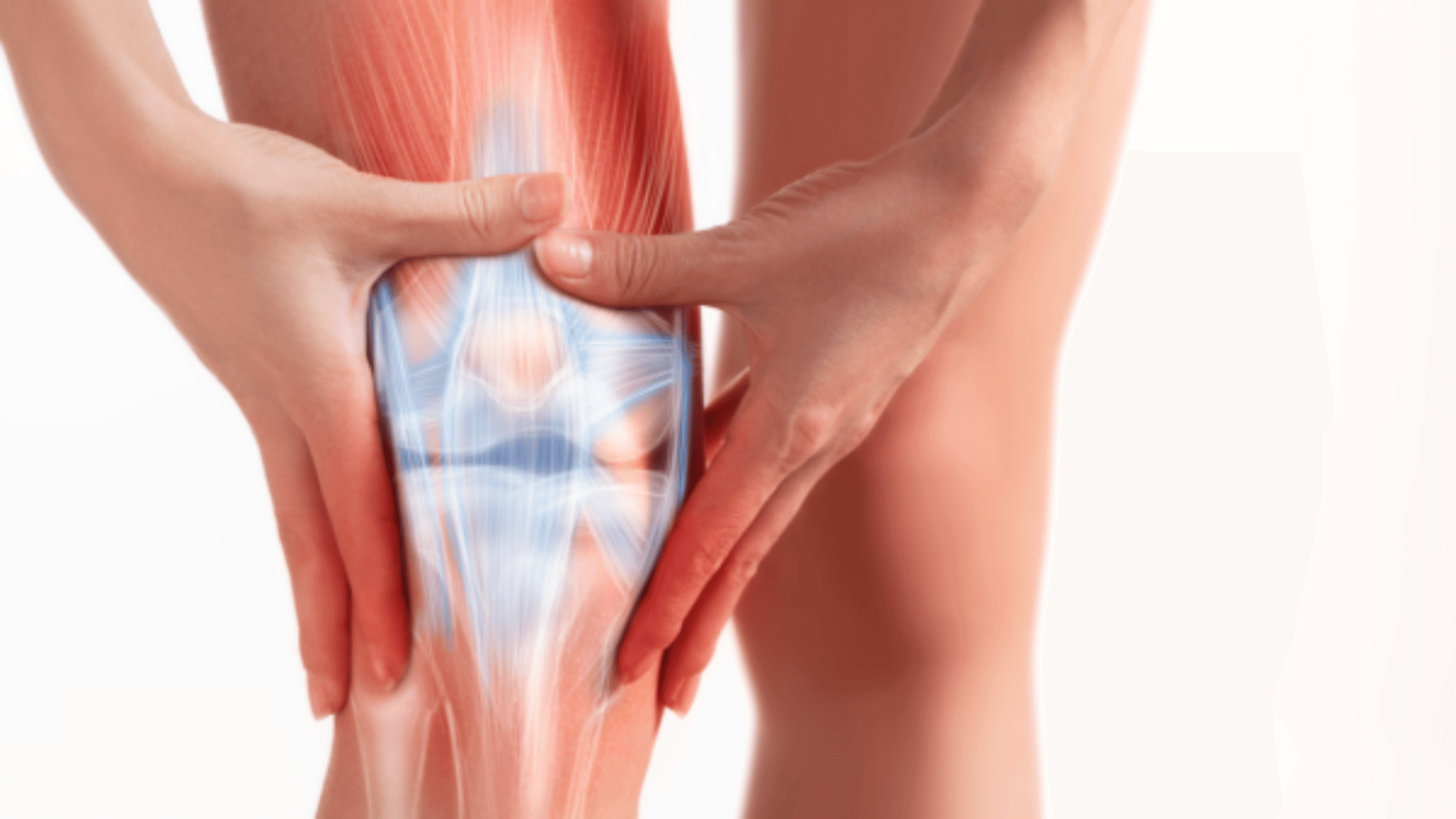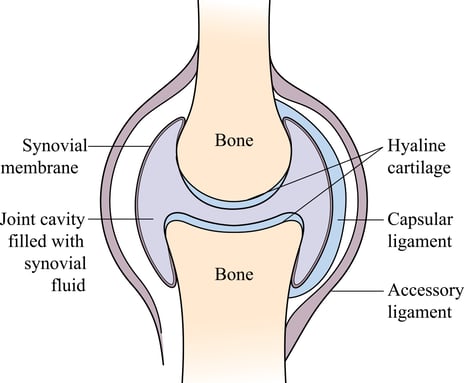How Does Aging Affect Joints? 'Bone-on-Bone' and How Joints Age

Licensed Physical Therapist PT, DPT // EW Motion Therapy Tuscaloosa
The normal human aging process can raise many questions and concerns. While trying to stay active and ensure you have time to pursue your favorite activities, some changes are also occurring in your body. You may feel stiffer in the morning, experience more daily pain than usual, and even find more of your daily tasks harder. This could be due to normal aging and degeneration of your joints. But what is actually happening here? What does “normal” joint aging look like?
Your joints may not move as easily as you age, which is normal. However, some degenerative diseases can speed up the aging process, like osteoarthritis. Discussing your symptoms with your doctor to determine the level of intervention you need to maintain your mobility as you age is critical. Physical therapy can be a great treatment to increase your range of motion and help you remain mobile for as long as possible - we help our clients do this daily at EW Motion Therapy. Even if you decide our services do not fit your needs, you can still read on for our discussion of how joints age, what “bone on bone” joints are, and how physical therapy can help you keep moving.
How do joints age?
Joints are made up of several parts, including bones, cartilage, and synovial fluid. Cartilage is a smooth, rubbery tissue that covers the ends of bones and allows them to glide smoothly against each other. Synovial fluid is a lubricant that helps reduce friction between the bones.

As we age, several changes occur that can affect joint health. One of the most common changes is the gradual breakdown of cartilage, which cushions bones and absorbs shock. This can lead to joint pain, stiffness, and inflammation. Other changes that may occur with age include decreased synovial fluid, which can further exacerbate existing symptoms. You can also experience changes in bone density and the development of bone spurs.
Other factors contributing to joint pain and stiffness include a sedentary lifestyle, being overweight, and repetitive joint stress. For example, if you work a job that requires you to stand for long periods or engage in repetitive motions, you may be at risk for joint pain and stiffness. Also, if you have osteoarthritis or another disease targeting your joints, that can quicken the aging process.
What does “bone-on-bone” mean?
You may have heard someone describe a joint as “bone on bone,” but what does that mean? "Bone on bone" is a term your doctor may use to describe the condition where the protective cartilage that cushions the joint surfaces of two bones has worn away, increasing friction between the joint surfaces. The term often describes symptoms of severe osteoarthritis or degenerative joint disease. When the cartilage wears away, the bones can become damaged, causing pain, stiffness, and swelling. It is rare to see the cartilage wear away entirely, so while a joint can become fully “bone on bone,” most do not reach that point.
"Bone on bone" can cause significant discomfort, and it often requires medical treatment, such as physical therapy, medication, or surgery, to manage or alleviate symptoms. It is usually diagnosed by X-ray or MRI and a detailed patient history of work environment, daily habits, and other factors contributing to the degeneration.
How can physical therapy help aging joints?
Physical therapy is a non-invasive treatment that can help manage joint pain and improve joint function. Physical therapists are trained professionals who can work with you to develop a customized exercise program tailored to your needs.
Physical therapy can help improve joint function by strengthening the muscles around the joint, improving range of motion, and reducing inflammation. In addition to exercise, physical therapy may include heat and ice therapy, electrical stimulation, and massage.
Furthermore, physical therapists can educate you on proper body mechanics and posture, which can help prevent further damage to your joints. They can also provide tools and techniques to manage joint pain at home, such as stretching and strengthening exercises and recommend assistive devices like braces or canes.
Physical therapy is a type of treatment that focuses on improving mobility, reducing pain, and preventing disability. It can be an effective way to manage joint problems and maintain joint health as we age. Here are some ways physical therapy can help:
- Exercise: Physical therapy can help improve joint health by strengthening the muscles around the joints. Strong muscles help support the joints and reduce stress on them. Your physical therapist can design an exercise program tailored to your needs and abilities.
- Stretching: Stretching can help improve joint mobility and flexibility. Your physical therapist can show you how to stretch safely and effectively.
- Manual therapy: Techniques such as massage and joint mobilization can help improve joint mobility and reduce pain.
- Education: Your physical therapist can teach you about joint health and provide guidance on how to prevent or manage joint problems.
Now that you know more about a joint’s aging process and how physical therapy can help, you can discuss the next steps with your doctor and determine the best treatment. We love helping our EW Motion Therapy clients maintain mobility as they age, and we work with each one to develop a plan that addresses their needs and goals. If you are curious about what else physical therapy can do for you, click the button below to download our answers to 20 frequently-asked physical therapy questions.


